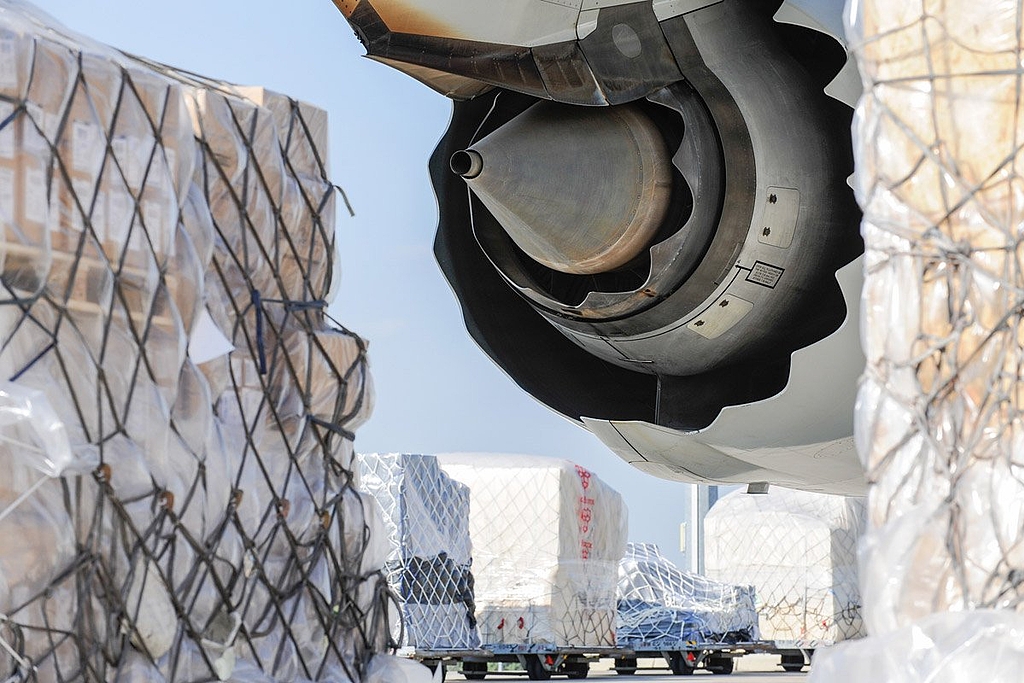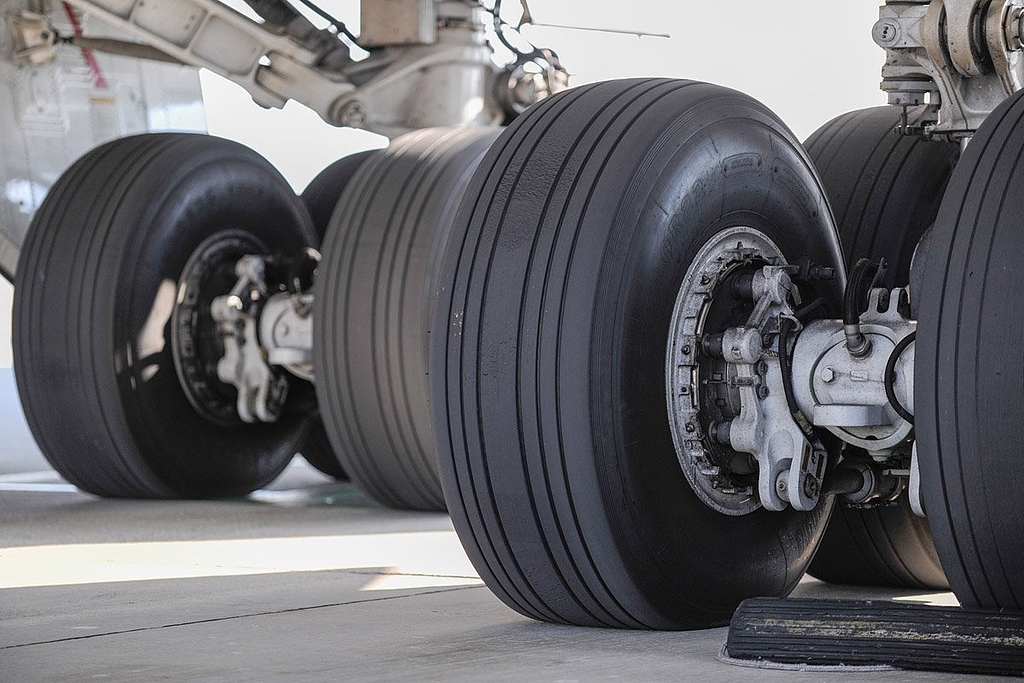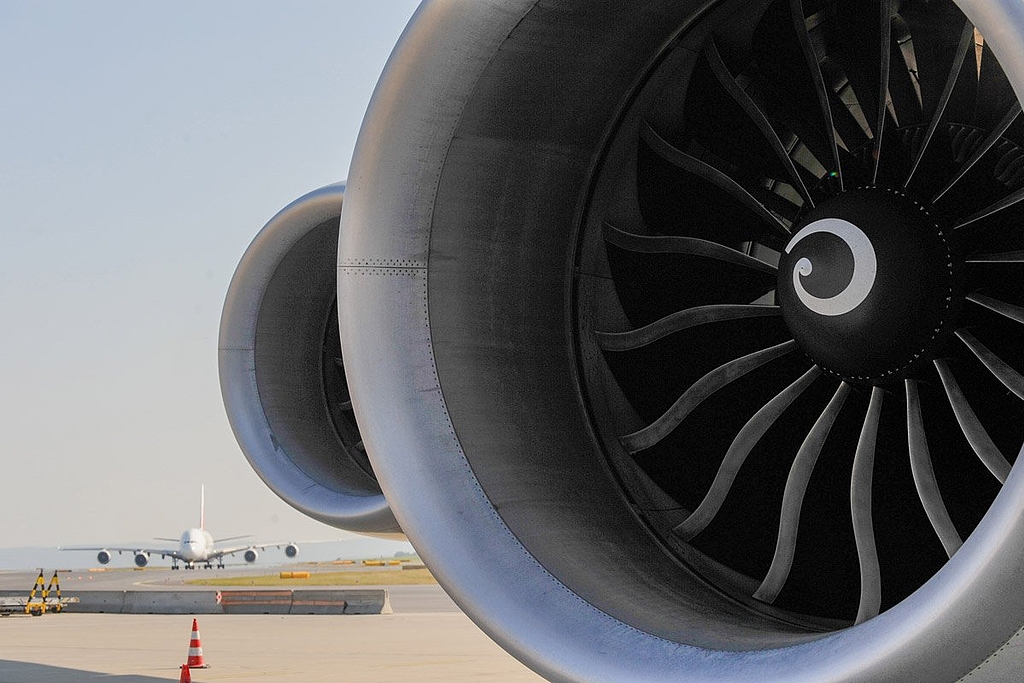Airfreight Insights
Get the latest update on the global airfreight industry, current trade and rate developments, and the flexible solutions offered by cargo-partner to address ongoing challenges.
- There is enormous demand for air freight charters for aluminum imports from Europe to the USA due to a fire at a major aluminum plant on the US East Coast. This plant supplies all major automakers (Ford, Toyota, Nissan, etc.), and the production shutdown has significantly impacted these companies. As a result, several charter flights are currently transporting large steel coils to the USA.
- Air cargo demand grew by 4.1% year-on-year in October, reaching a new all-time high and marking the eighth consecutive month of volume expansion.
- According to IATA’s latest analysis, global air cargo volumes are expected to increase by 2.4% year-on-year in 2026.
Current market assessment from December 17, 2025:
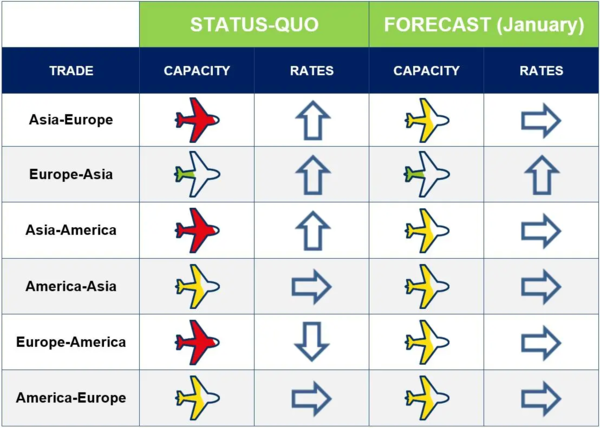
Legend: traffic lights showing current status, arrow indicates possible development of transport rates.
Current Key Takeaways
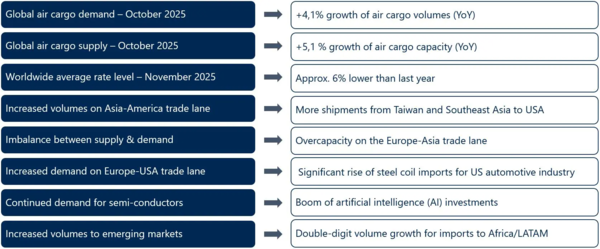
Short-Term Outlook (Next 6-12 Weeks)
- Europe → Asia: Demand remains steady due to inventory replenishment, but rates are still very low due to an excess of available cargo space.
- Asia → Europe: Volumes and yields are currently at their peak. However, the market is expected to cool down after the Christmas period.
- Europe → North America: Capacity is reduced due to strong demand for urgent steel coil imports into the US for the automotive industry.
Practical Recommendations for Customers
- Book early for cargo of Asian origin. Space is tightening, especially for e-commerce and express freight. Early bookings secure better rates and routing options.
- Use a diverse procurement strategy
- Consider multi-modal options if beneficial (Sea-Air, Rail)
- Plan for weather-related delays. Allow extra time for shipments through northern hubs, where winter conditions may cause disruptions.
- Coordinate and share shipment forecasts early with your forwarder to ensure secured lift and capacity prioritization.
cargo-partner Solutions & Products:
- When every second counts: EMERGENCY Air Cargo solutions (click for more)
- Our Speed Service Levels – the choice is yours! (click for PDF)
- Weekly consolidation services from VIE/CEE to the USA (click for PDF)
- Sustainable Aviation Fuel (SAF) solutions (click for PDF)
- Weekly Charter Flights: Hong Kong – Eastern Europe (click for PDF)
cargo-partner Key Gateways
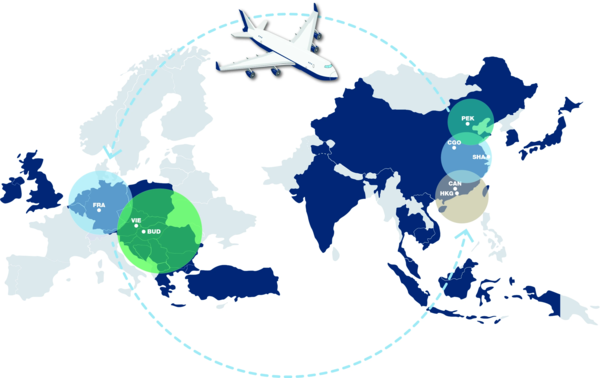
- Dual gateway VIE/BUD to cover the Central and Eastern European region
- Coverage of China by our gateways in South, Central and North China
- Our gateways offer extensive connectivity and advanced infrastructure
- Dedicated gateway teams in Europe and Asia ensure streamlined operations
- Benefit from regular consolidation programs with competitive pricing

Riyadh: Turning into an Air Freight Mecca
The Kingdom of Saudi Arabia is investing heavily in its airports and fleet in order to establish itself as an air cargo hub. A $100 billion plan aims to increase the country’s air cargo capacity to over 4.5 million tonnes per year by 2030.
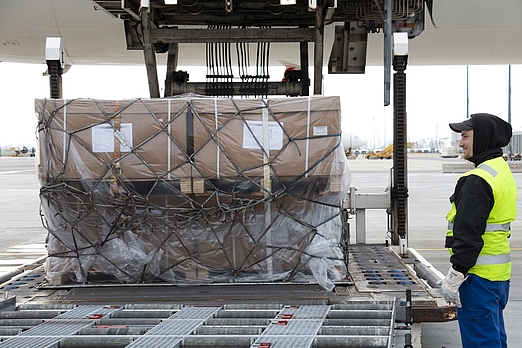
New Air Cargo Services from UK to 12 Global Destinations
We are expanding our airfreight network from the UK, now offering weekly services to 12 key destinations across Asia, North America, and Africa, including Johannesburg, Mumbai, Tokyo, Boston, and Taipei.
read more »

AeroSHARK: gliding through the clouds
Following a proven “natural design,” a new transparent film applied to the fuselage and engines imitates shark skin to reduce fuel consumption and CO2 emissions of planes. Learn more about this thin film with a big impact...
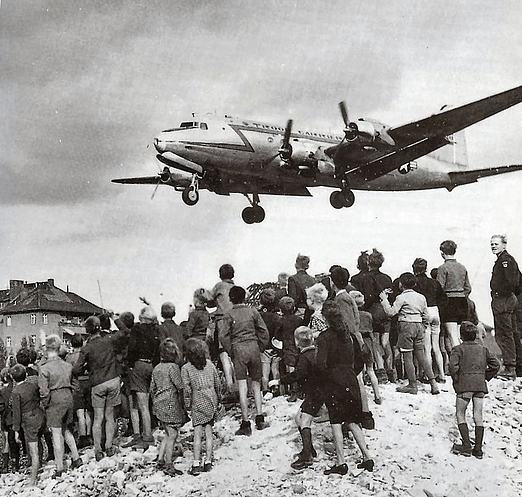
Anniversary of the Berlin Airlift
Over 75 years ago, the Soviet Union imposed the Berlin Blockade, and in an instant, millions of residents were cut off from the rest of the world. It was quickly decided to supply the metropolis from the air...
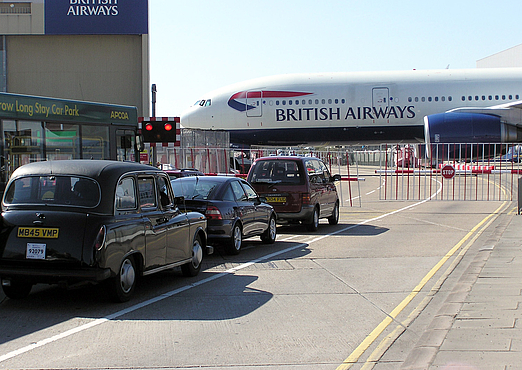
Heathrow: Where runways intersected with roads
London Heathrow is a globally significant freight hub and not only known to aviation enthusiasts - London Airport is also unique in other respects.
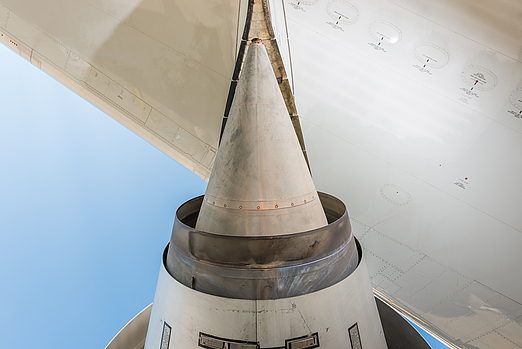
cargo-partner ranked in “Top 25 Airfreight Forwarder List”
We are proud to announce that cargo-partner once again achieved a rank within the Top 25 Airfreight Forwarder Ranking published by Armstrong & Associates.
read more »

A talk with Lufthansa Cargo CEO Ashwin Bhat
We invited Ashwin Bhat for a short chat about sustainable aviaition fuel (SAF), respectful relationships and a very clever African proverb...

Interview with Turhan Özen - CCO at Turkish Airlines
Serving 132 countries worldwide, Turkish Cargo has been active since 1933. We took the opportunity to talk to Chief Cargo Officer, Turhan Özen, about Turkish’s “smart” central hub, their talkative Chatbot and the recent e-commerce boom.

Latin America Airfreight Boom
According to IATA, Latin America is once again the #1 airfreight region with a remarkable year-on-year increase of total air cargo traffic of 9.2%. This development was led by the service sectors commerce and transportation.
read more »
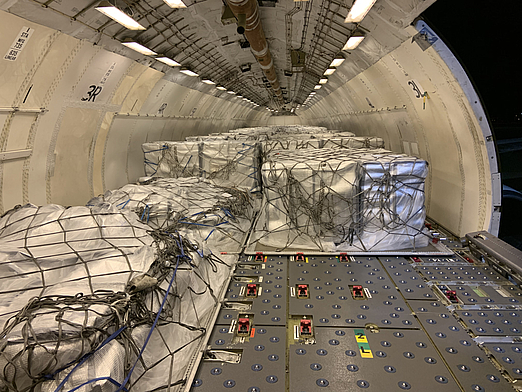
Freighter Boom in the Airfreight Industry
At present, the airline industry is witnessing a considerable trend towards more freighter solutions to cope with the growing demand for air cargo capacity. Recently Boeing confirmed this trend and forecasts a faster growth of the cargo business. This results in interesting developments...
read more »
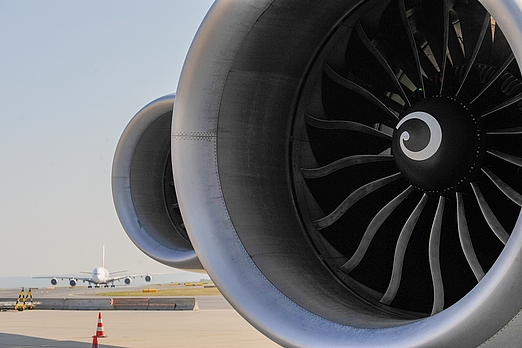
Sustainable Aviation Fuel
The steady growth of the aviation industry comes with an increase in environmentally harmful emissions. The most promising path to reducing CO₂ emissions in aviation lies in Sustainable Aviation Fuels (SAF)...
read more »
